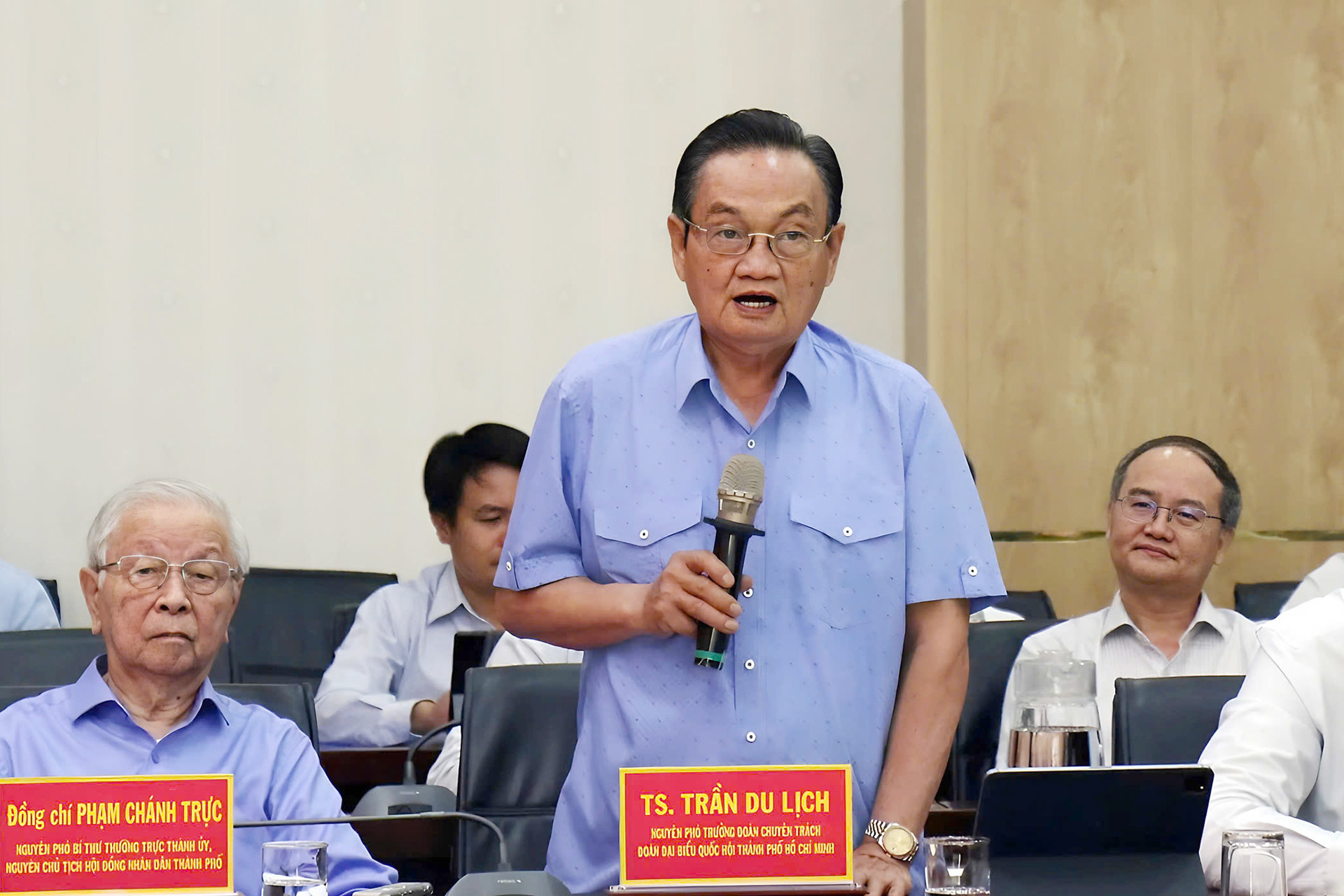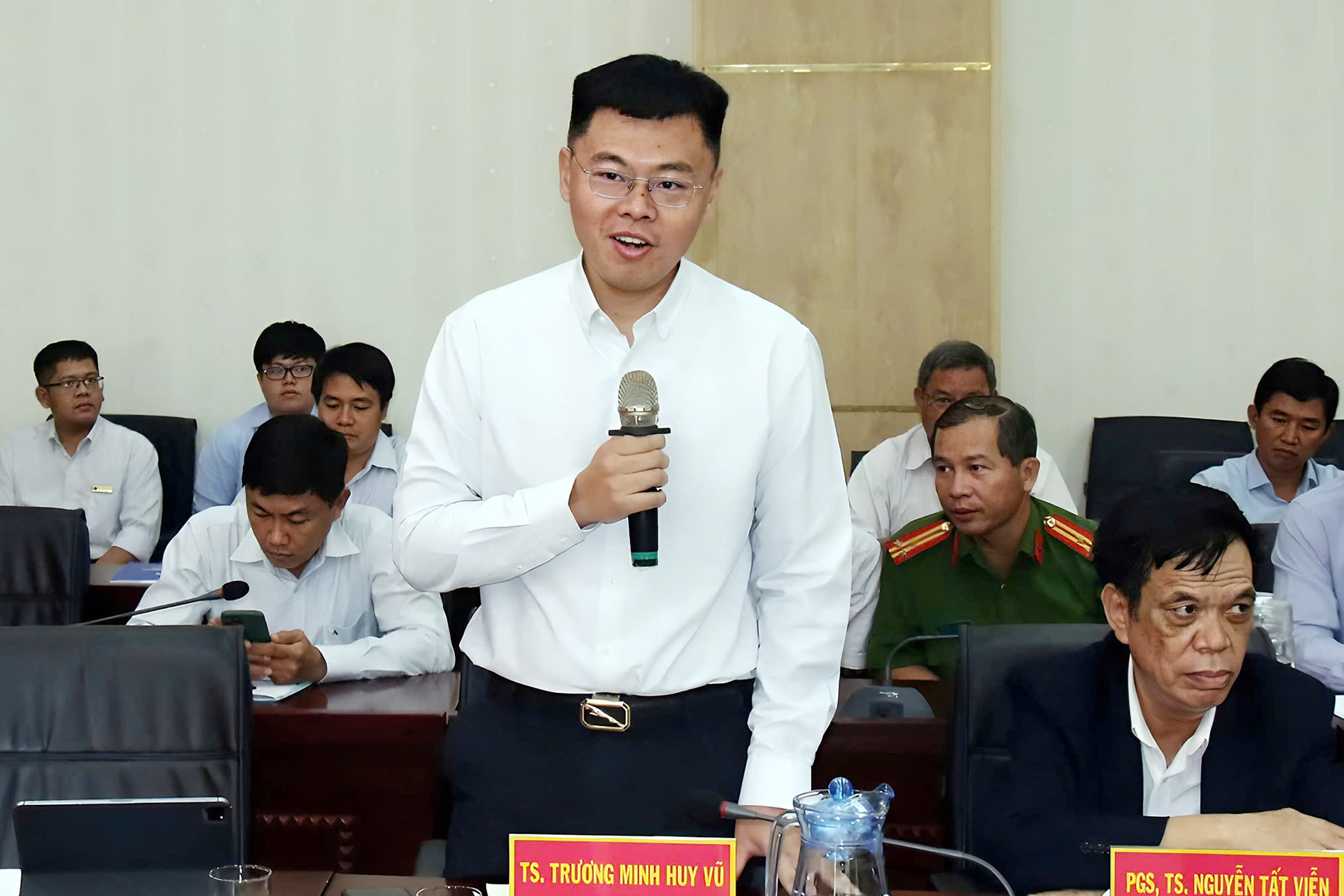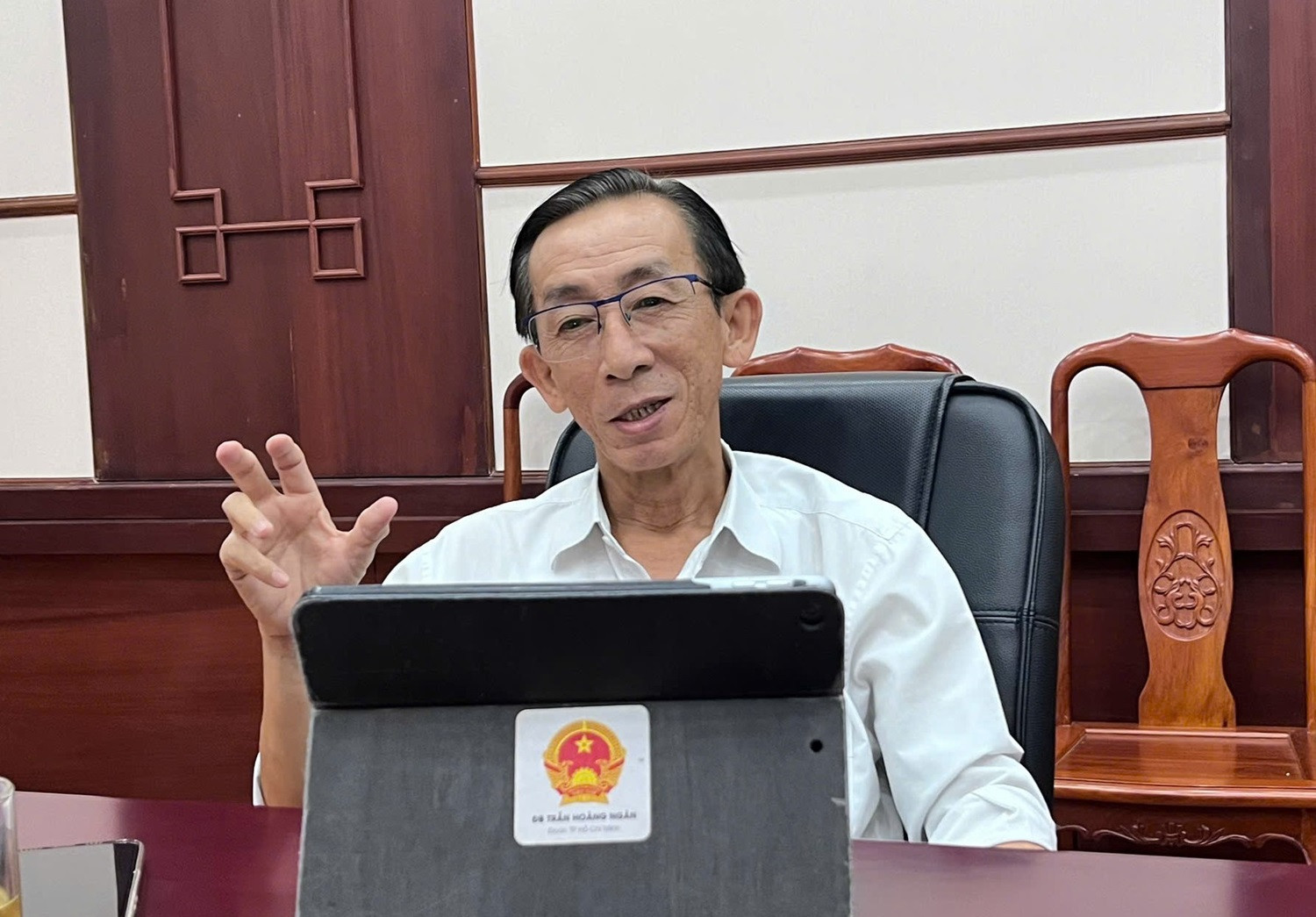Experts emphasize that for Ho Chi Minh City (HCMC) to enter a transformative era, it must focus on key measurable goals, particularly achieving an average per capita income of approximately $13,000 annually within the next five years to match the standards of developed nations.
A vision for leadership in the new era

At a seminar held by the HCMC Academy of Cadres on November 27, the theme “What Should HCMC Do to Enter the Nation’s New Era of Growth?” brought together leading scholars and policymakers.
Associate Professor Dr. Nguyen Tan Phat, Director of the Academy, stressed the city's pivotal role as outlined in Politburo Resolution 31, which emphasizes HCMC’s mission as a driver of national progress. He urged the city to outline clear objectives and actionable plans to help the nation advance collectively into this new era.
Former Deputy Secretary of the HCMC Party Committee, Pham Chanh Truc, highlighted the need to address the city’s persistent challenges, such as traffic congestion and flooding. According to him, solving these issues is critical for a city considered the economic locomotive of the nation.
Truc identified three key areas requiring immediate attention: public transport development, pollution mitigation, and affordable housing for residents.
Sustained growth and strategic planning

Dr. Tran Du Lich, Chair of the Advisory Council for Resolution 98 Implementation, outlined the city’s growth targets. Over the next decade, HCMC must maintain an economic growth rate 1.2–1.5% higher than the national average to solidify its leadership position.
He underscored the importance of excelling in international competitiveness, institutional reform, and infrastructure development.
“Ho Chi Minh City should lead in digital transformation, green economy initiatives, emission reduction, and become the fastest in achieving Net Zero goals,” he stated.
Lich also stressed the necessity of enhancing public governance, streamlining administrative systems, and modernizing human resource management. Infrastructure projects like national railway development and regional connectivity in the southern economic zone should also be prioritized.
Key performance indicators for development

Dr. Truong Minh Huy Vu, Director of HCMC’s Institute for Development Studies, stressed the need to quantify progress through critical performance indicators.
In the next five years, the city must complete key infrastructure projects, including Ring Roads 2, 3, and 4, which would create valuable urban spaces and land resources. The completion of Metro Line 1 and subsequent transit lines is essential for fostering transit-oriented development (TOD).
Vu highlighted that achieving an average annual per capita income of $13,000 is crucial for HCMC to align with developed nations’ benchmarks.
Vu also referenced General Secretary To Lam’s views on digital transformation, describing it as a fundamental production tool driving the Fourth Industrial Revolution, which will propel Vietnam into the next era of development.
Sustaining HCMC’s position as a national leader

Speaking to VietNamNet, Dr. Tran Hoang Ngan, an HCMC National Assembly delegate, emphasized that the city must uphold its identity as a "heroic city," the only one named after President Ho Chi Minh.
HCMC must retain its standing as a special metropolis, a leading national economic hub, a global emerging creative city, and a top tourist destination in Asia.
Ngan advocated for strategic breakthroughs in infrastructure and regional connectivity, urging city leaders to accelerate the transition to a digital economy, digital society, and digital governance amidst the rapid advancements of the Fourth Industrial Revolution.
Ho Van